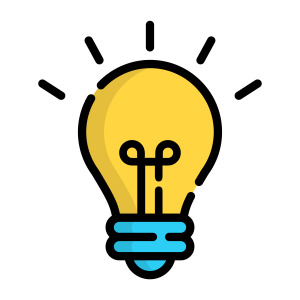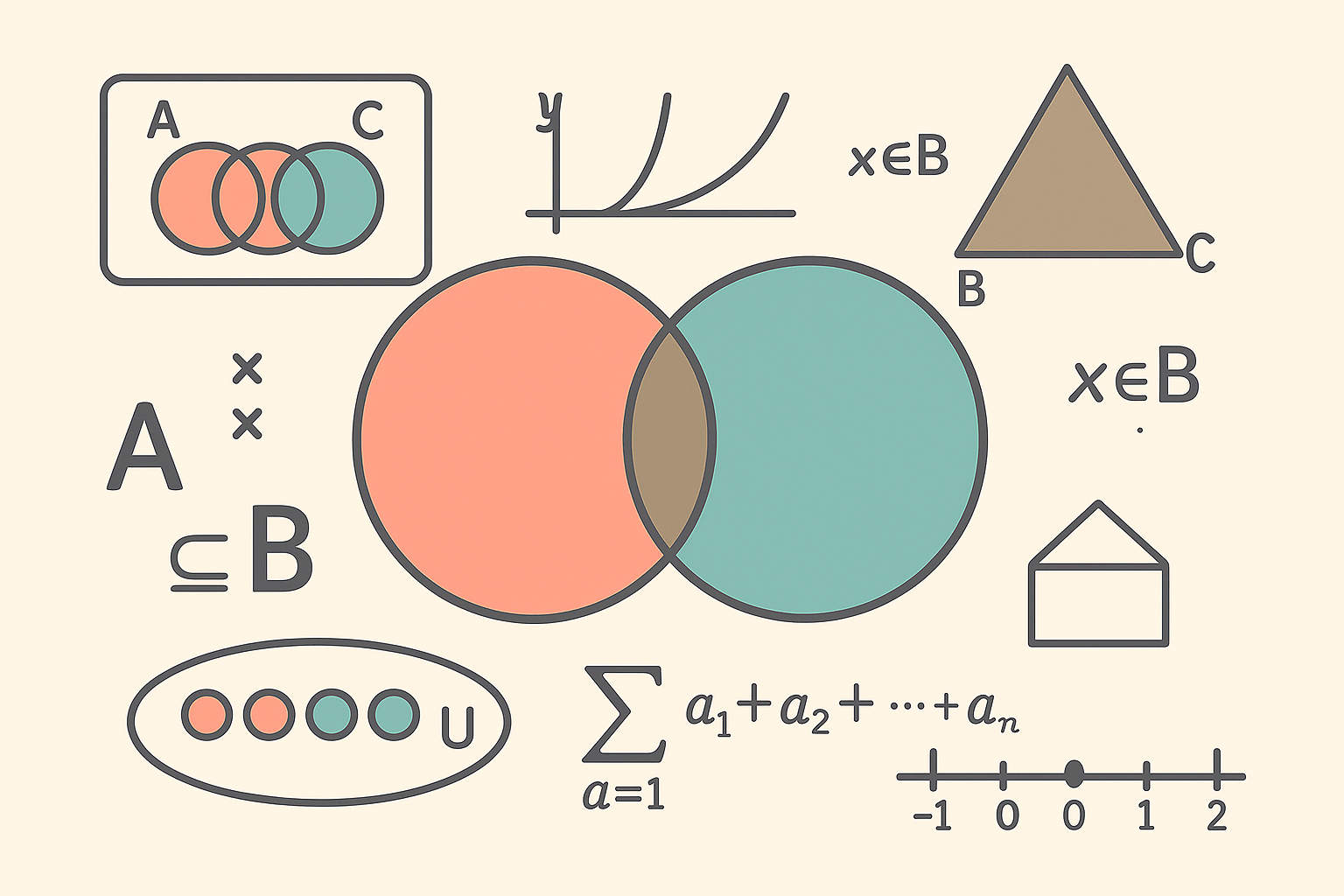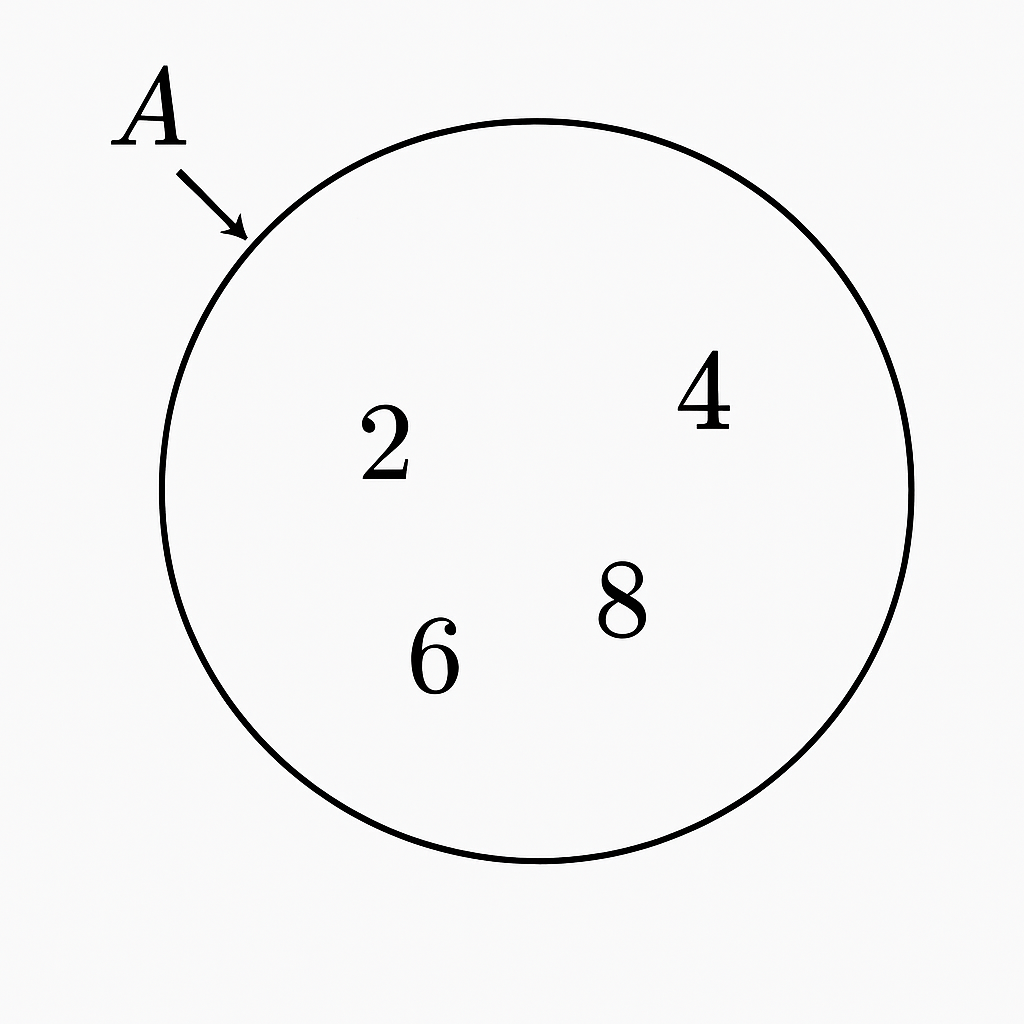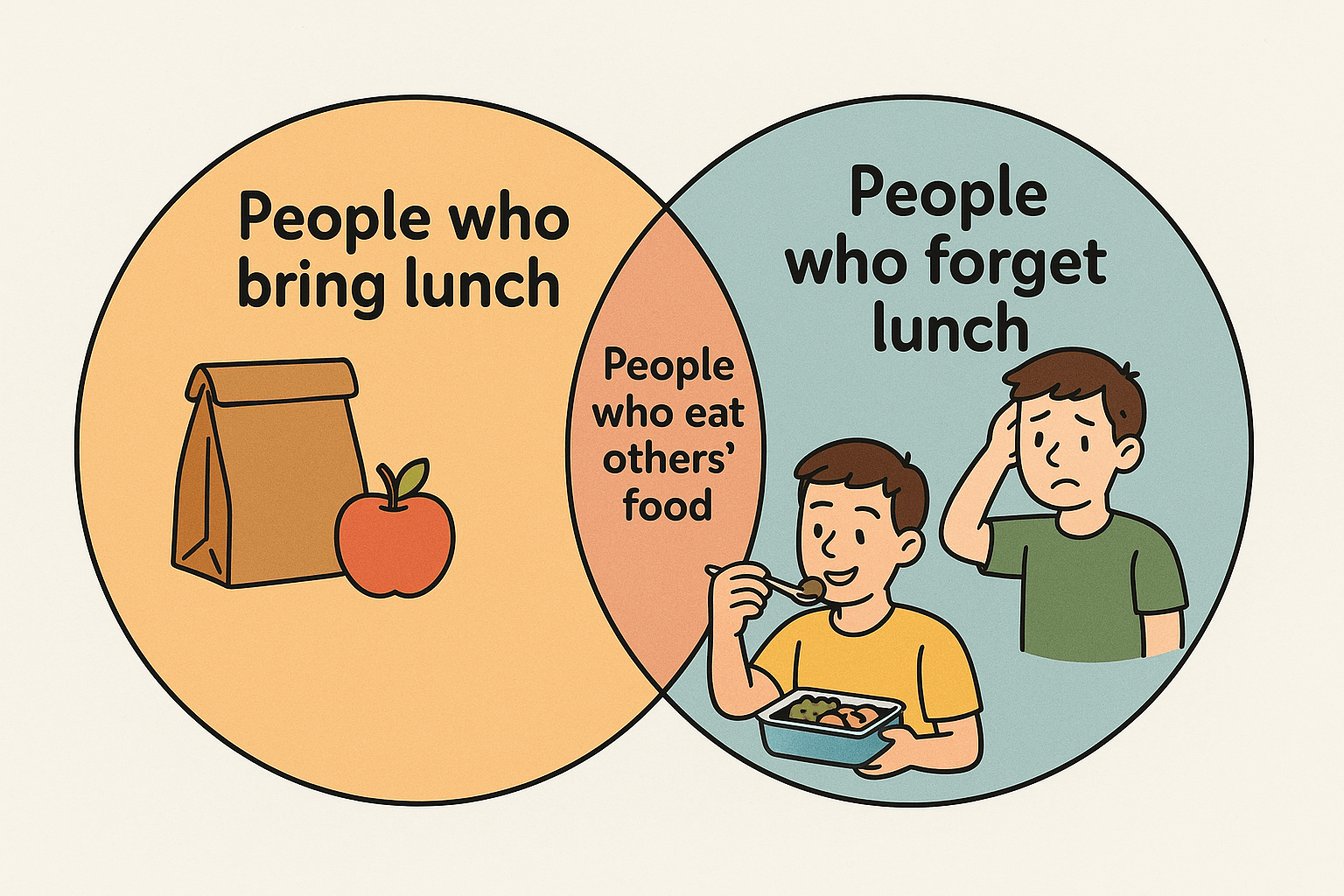Set Theory: The Elements
Section outline
-
-
Use this link to access the live Blooket Game. Hurry up and join!
-
-
Let's do this small activity to play around with the different regions of a Venn Diagram. Have fun!
-
Opened: Sunday, 18 May 2025, 12:00 AM
-
Opened: Sunday, 18 May 2025, 12:00 AM
-
-
Access the Blooket quiz here.
-
Opened: Sunday, 18 May 2025, 12:00 AM
This is your final assignment for this course. You are to do this assignment and submit before the due date, and you are done!. Good Luck.







